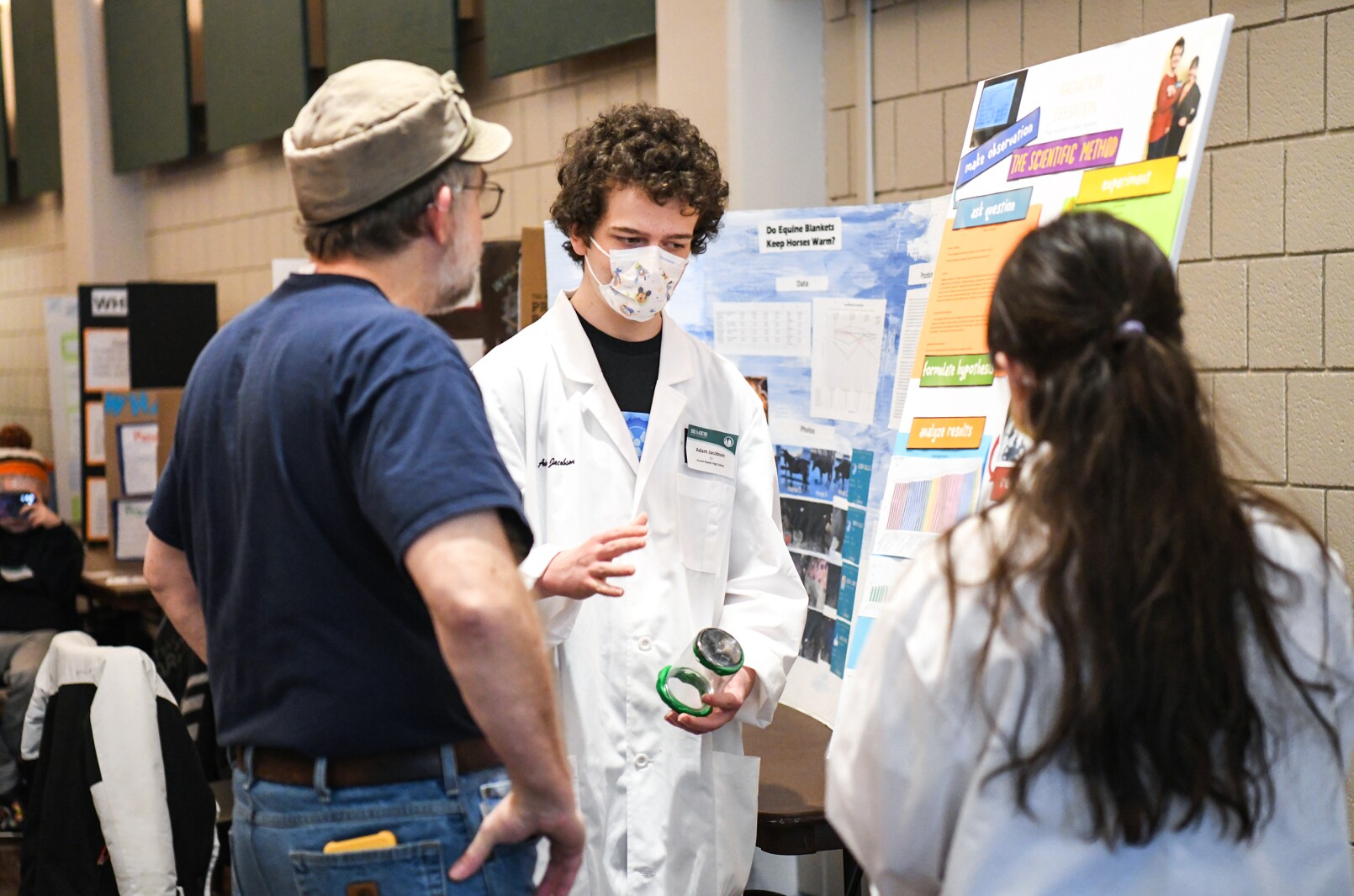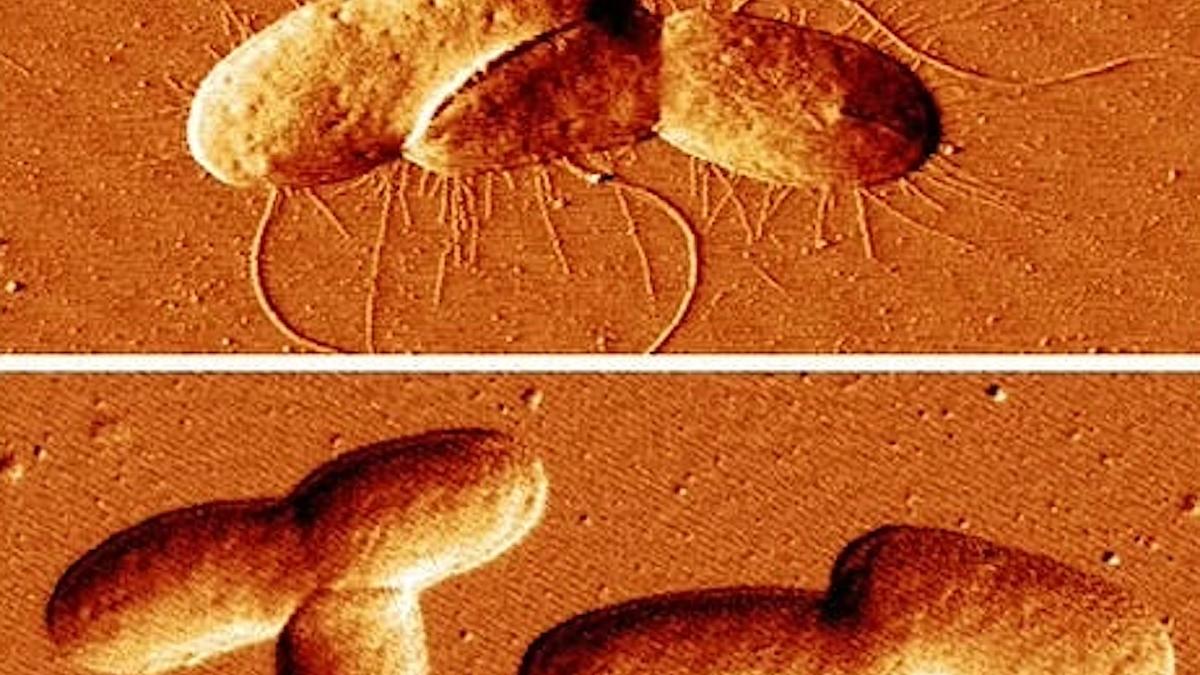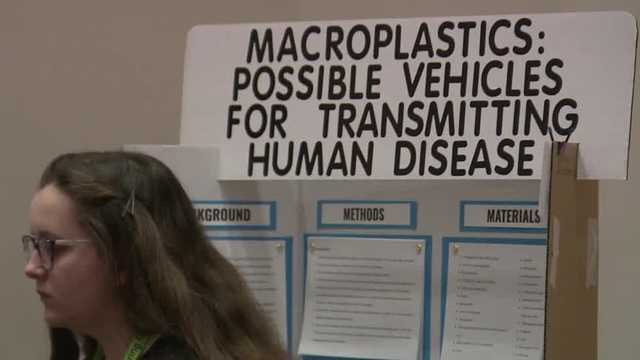Unearthed Jawbone Reveals Enigmatic Human Ancestors: A Prehistoric Puzzle Solved
Science
2025-04-10 20:03:54Content

In a groundbreaking archaeological discovery, researchers in Taiwan have unearthed a fascinating jawbone that may shed new light on one of humanity's most mysterious ancestral groups. The fragmentary fossil is believed to belong to the enigmatic Denisovans, an ancient human species that has long intrigued scientists with their elusive presence in human evolutionary history.
This remarkable find offers a tantalizing glimpse into the complex tapestry of human origins, potentially providing crucial insights into the migration and genetic diversity of early human populations. The Denisovans, known primarily through fragmentary genetic evidence and a few scattered fossil remains, have remained one of the most puzzling branches of the human family tree.
The jawbone, carefully excavated and meticulously analyzed by a team of dedicated researchers, represents a significant breakthrough in understanding these ancient human relatives. Its discovery in Taiwan adds another layer to our understanding of how these early humans spread across Asia and interacted with other human species.
As scientists continue to piece together the intricate puzzle of human evolution, this fossil stands as a testament to the ongoing quest to unravel the mysteries of our distant ancestors and their remarkable journey through time.
Unearthing the Genetic Puzzle: A Groundbreaking Discovery of Ancient Human Ancestors in Taiwan
In the ever-evolving landscape of human origins research, archaeological discoveries continue to challenge our understanding of prehistoric human migration and genetic diversity. Each fragment of ancient bone represents a potential key to unlocking the complex narrative of human evolution, revealing intricate connections that span millennia and continents.Unraveling Prehistoric Mysteries: A Jaw-Dropping Revelation in Anthropological Research
The Enigmatic Denisovan Legacy
The recent discovery of a jawbone in Taiwan has sent ripples through the scientific community, offering unprecedented insights into one of the most mysterious branches of human ancestral lineage. Denisovans, a relatively recently identified hominin group, have long intrigued researchers with their elusive genetic footprint. Unlike Neanderthals, whose remains have been extensively studied, Denisovans remain shrouded in scientific mystery, with fragmentary evidence scattered across archaeological sites. This particular jawbone represents more than just a skeletal remnant; it is a potential genetic time capsule that could revolutionize our understanding of human migration patterns and evolutionary adaptations. The specimen's remarkable preservation suggests sophisticated environmental conditions that allowed genetic material to remain intact over tens of thousands of years.Genetic Complexity and Evolutionary Significance
Genetic analysis of Denisovan remains provides a fascinating window into human prehistory. These ancient humans were not merely evolutionary predecessors but complex beings with unique genetic adaptations that enabled survival in challenging environments. Comparative genomic studies have revealed that modern human populations, particularly in Asia and Oceania, carry trace amounts of Denisovan genetic material, indicating intricate interbreeding patterns. The Taiwanese jawbone offers tantalizing clues about potential migration routes and genetic interactions between different hominin groups. Its discovery challenges previous assumptions about the geographical distribution of Denisovans, suggesting a more extensive and complex migratory history than previously understood.Technological Innovations in Archaeological Research
Advanced technological methodologies have been instrumental in extracting meaningful data from such fragile archaeological specimens. Cutting-edge techniques in paleogenomics, including high-resolution DNA sequencing and sophisticated computational modeling, allow researchers to reconstruct genetic narratives with unprecedented precision. The interdisciplinary approach combining archaeology, genetics, and computational science demonstrates how modern research transcends traditional disciplinary boundaries. Each technological advancement brings us closer to comprehending the intricate tapestry of human evolutionary history.Implications for Understanding Human Diversity
Beyond its immediate scientific significance, this discovery underscores the remarkable genetic diversity that characterized early human populations. The Denisovan jawbone serves as a powerful reminder of humanity's complex origins, challenging simplistic narratives of linear evolutionary progression. The research highlights the importance of continued archaeological exploration and genetic investigation. Each fragment, each genetic sequence represents a potential breakthrough in understanding our collective human story—a narrative far more nuanced and interconnected than previously imagined.RELATED NEWS
Science

Young Innovators Converge: Bemidji State Prepares to Showcase Northern Minnesota's Scientific Talent
2025-02-25 17:57:49
Science

Breaking: Plant Molecules Hold Secret to Revolutionary Medical Breakthroughs
2025-02-16 11:15:57






